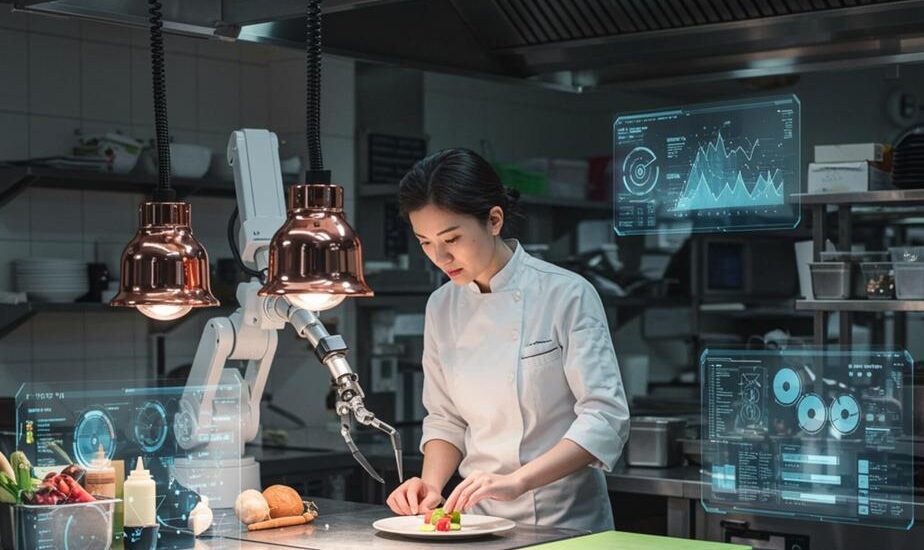Discover how AI automation can enhance efficiency in fine dining restaurants, streamline operations, and improve guest experiences.
Introduction
In the competitive landscape of fine dining, efficiency is not just a matter of improving the bottom line; it’s about enhancing the overall experience for guests. AI automation stands as a transformative tool that can significantly streamline operations and optimize service delivery. This post will explore the various ways AI automation can improve efficiency in fine dining restaurants, ensuring sustained growth and customer satisfaction.
Key Benefits of AI Automation in Fine Dining
- Streamlined Operations: AI can automate routine tasks such as reservation management, order taking, and inventory tracking. This frees up staff to focus on providing exceptional service. For instance, integrated POS systems can handle orders and payment processing, reducing wait times.
- Data-Driven Decision Making: Utilizing AI-powered analytics allows restaurant owners to make informed decisions based on real-time data. Tools like AI in Restaurants help optimize menus and pricing strategies.
- Enhanced Customer Personalization: AI tools can analyze customer preferences, enabling tailored dining experiences. This could include personalized menu recommendations or special offers that enhance customer loyalty.
- Operational Cost Reduction: Automation reduces labor costs by optimizing staff schedules and minimizing errors in order processing and inventory management, contributing to overall profitability.
Implementing AI Automation in Your Restaurant
- Identify Tasks for Automation: Start by identifying repetitive tasks that can be streamlined with AI, such as booking systems, table management, and inventory tracking.
- Choose the Right Tools: Invest in AI solutions that cater to the unique needs of your fine dining establishment. Consider tools for customer relationship management (CRM) or AI-driven menu optimization.
- Train Your Staff: Ensure that your staff is well-trained in using these technologies to maximize their benefits and enhance service delivery.
- Measure Success: Regularly assess the impact of AI tools on your operations. Use metrics such as table turnover rates and customer feedback to gauge improvement.
Case Studies: Successful AI Implementation
Several fine dining establishments have successfully integrated AI automation into their operations. For example, a popular restaurant chain implemented AI tools to analyze dining trends and adjust their menus, leading to a 20% increase in customer satisfaction ratings.
Challenges and Considerations
Transitioning to AI automation isn’t without its challenges. Restaurant owners should consider:
- Initial costs of implementation
- Staff resistance to new technology
- Data privacy concerns
Conclusion
AI automation offers fine dining restaurants a pathway to enhance efficiency, reduce costs, and deliver exceptional dining experiences. By adopting these technologies, restaurant owners can stay ahead of the curve, attract new clientele, and improve operational sustainability. To learn more about innovative solutions for your restaurant, read our article on Restaurant Automation Trends.






